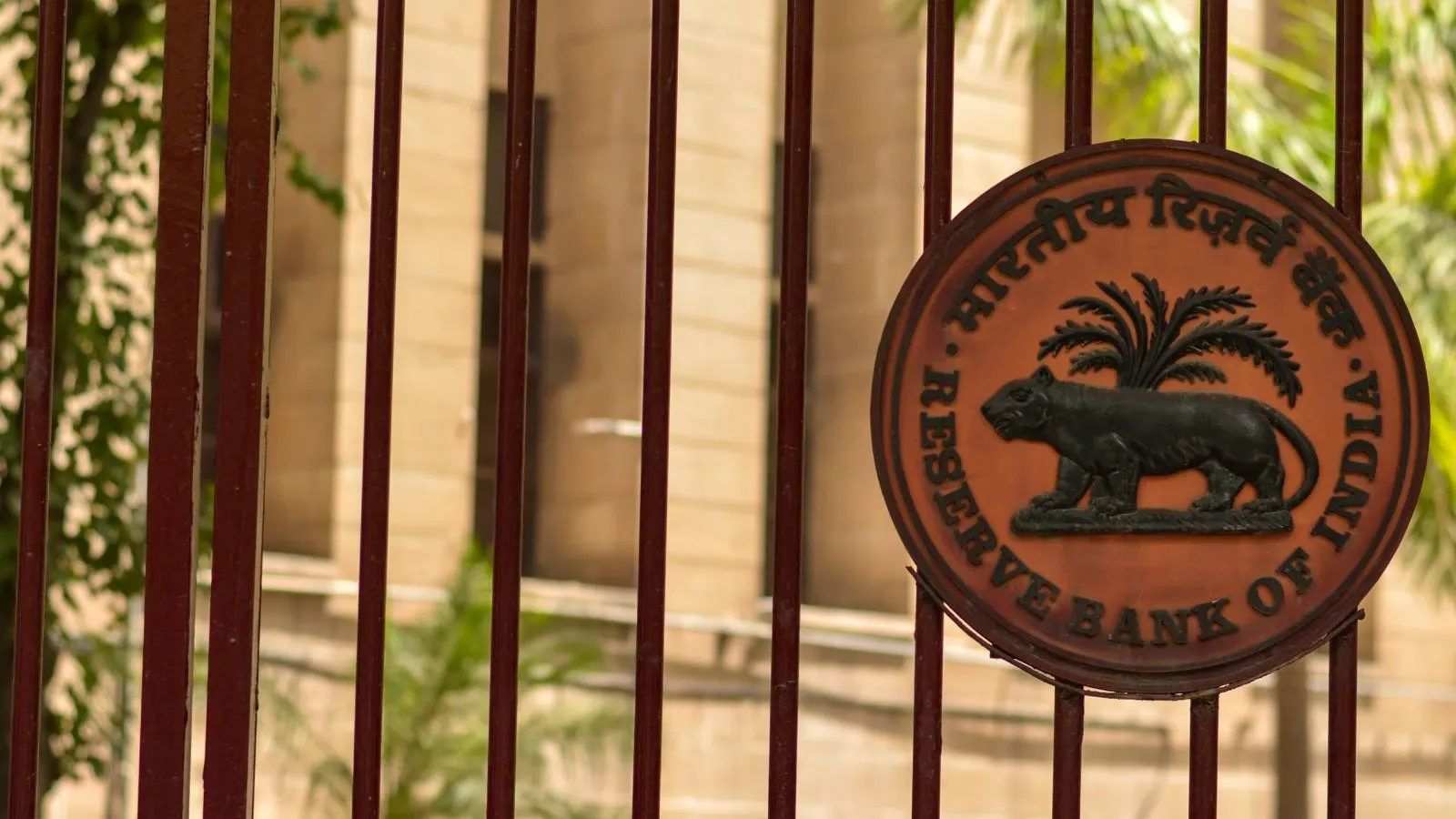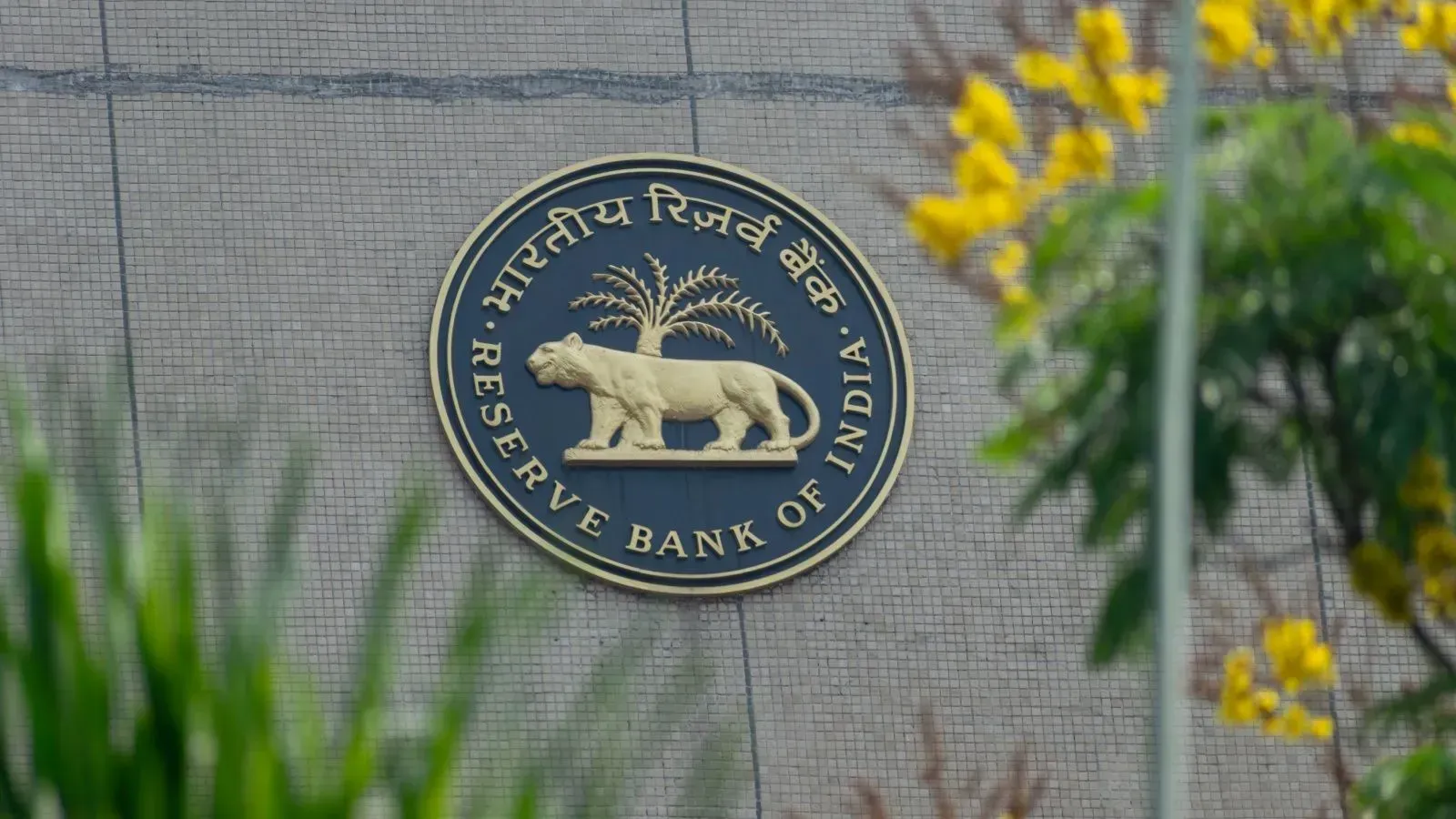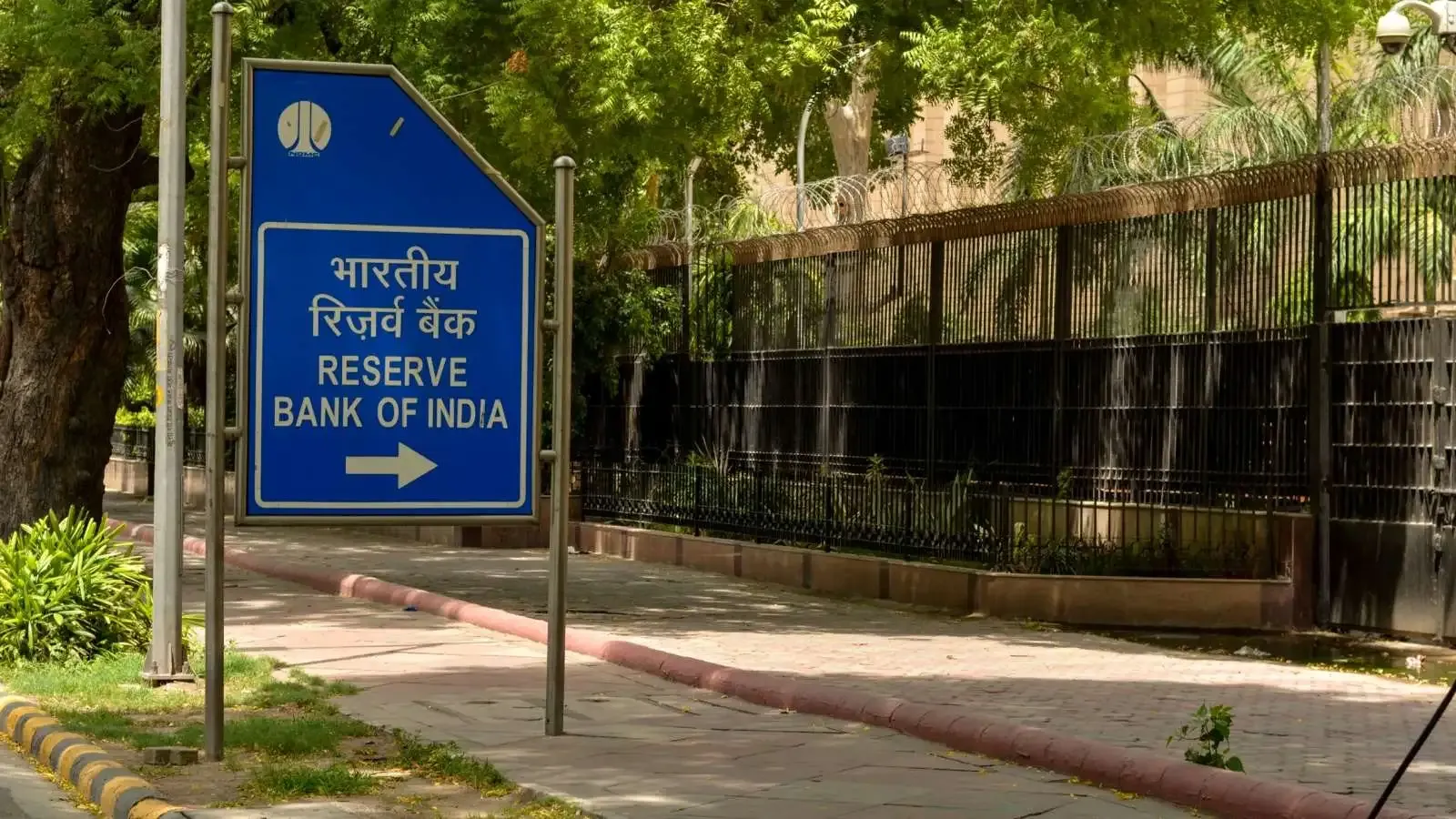Personal Finance News
Can you take a loan with silver as collateral? Here is what the RBI rules say

5 min read | Updated on October 24, 2025, 14:10 IST
SUMMARY
The maximum loan-to-value (LTV) ratio is 85% for a loan of up to 2.5 lakh, 80% for between ₹2.5 lakh and ₹5 lakh, and 75% above ₹5 lakh. The prescribed LTV ratio must be maintained on an ongoing basis throughout the tenor of the loan, the RBI said in its guidelines.

The total weight of silver ornaments pledged for all loans to a borrower cannot be over 10 kgs.
Soon, all RBI-regulated lenders may start accepting silver as collateral for loans, following the central bank’s recent guidelines aimed at standardising lending practices across banks and non-banking financial companies (NBFCs).
The Reserve Bank of India (Lending Against Gold and Silver Collateral) Directions, 2025, has laid down rules for silver-backed loans and asked lenders to comply with these norms by April 1, 2026.
Currently, banks and other financial institutions widely offer gold loans, but silver loans aren’t that common in mainstream banking. Many banks don’t accept silver as collateral for loans. While some cooperative banks, local NFBCs or other lenders accept silver informally, it’s not widely regulated.
The main challenge is that silver, unlike gold, is bulkier and cheaper per gram, making storage and logistics more costly. Plus, it has less market liquidity than gold.
However, silver has seen a massive rally in 2025, with white metal prices surpassing lifetime highs in October and hitting ₹1.9 lakh/kg in the Indian markets. Many who have already invested in silver or are planning to, wonder if they can use it as collateral for loans.
According to the Reserve Bank of India (Lending Against Gold and Silver Collateral) Directions, 2025, silver loans can be legally and officially offered by banks. Before understanding the regulations, let’s take a brief look at the historical context.
“Instructions issued vide these Directions shall be complied with as expeditiously as possible, but no later than April 1, 2026. Loans sanctioned prior to the date of adoption of the Directions by the RE shall continue to be governed by the extant guidelines applicable before the issuance of these Directions,” the RBI said.
Gold loans
Gold, as one of the most valuable metals in the world, has been used as collateral for loans since ancient civilisations. Egyptians, Greeks and Romans, among others, widely pledged gold possessions to secure loans from wealthy individuals or temples. This system came into existence way before the modern world of finance and banking was established.
India, too, has a long history with gold loans, with the first recorded use of gold as collateral for loans in 1959. The Reserve Bank of India (RBI) formally allowed lending against gold around 1998-99 to enhance financial inclusion and reduce dependence on unregulated moneylenders in rural areas.
The reason why gold became such a dominant collateral asset in India is because of its universal intrinsic value, liquidity and standardisation. Moreover, gold has great cultural and traditional significance in the country. The fact that gold was the backbone of money, before fiat currencies, all around the globe, depicted the hold of the precious metal in the global economy.
Gold remains a popular form of collateral for secured loans, seen as a stable and liquid asset.
Now, silver is also making an entry into formal banking, after the RBI issued the Reserve Bank of India (Lending Against Gold and Silver Collateral) Directions, 2025, in June.
What do RBI guidelines say about silver-backed loans?
According to the Reserve Bank of India (Lending Against Gold and Silver Collateral) Directions, 2025:
-
Loans are allowed only against ornaments, jewellery and coins. Individuals cannot get a loan against ingots (bars), ETFs, mutual funds, etc. This means you cannot get a silver-backed loan against primary silver (ingots) or financial assets backed by silver (like ETFs).
-
Lenders cannot grant an advance for the purchase of silver in any form (jewellery, coins, ETFs, MFs, etc). However, Scheduled Commercial Banks and Tier 3 and 4 Urban Co-operative Banks (UCBs) can offer working capital loans for manufacturing or industrial use. Loans can be offered to borrowers who need silver as a raw material for manufacturing or other industrial activity, as long as they don’t use it for investment or speculative purposes.
"... Scheduled Commercial Bank or a Tier 3 or 4 UCB may extend need-based working capital finance to borrowers who use gold or silver as a raw material, or as an input in their manufacturing or industrial processing activity, for which such gold or silver can also be accepted as security," RBI directions said.
-
The total weight of ornaments pledged for all loans to a borrower cannot be over 10 kgs (the limit is 1 kg for gold). Further, the aggregate weight of coins pledged for all loans to a borrower shall not exceed 500 gram (the limit is 50 gram for gold).
-
The maximum loan-to-value (LTV) ratio is 85% for a loan of up to 2.5 lakh, 80% for between ₹2.5 lakh and ₹5 lakh, and 75% above ₹5 lakh. The prescribed LTV ratio must be maintained on an ongoing basis throughout the tenor of the loan, the RBI said in its guidelines. LTV ratio is the percentage of the asset’s value that is being financed by the loan.
-
Loans cannot be granted where the ownership of silver is doubtful (just like for gold), and a suitable document or declaration must be obtained from the borrower in all cases to the effect that the borrower is the rightful owner of the eligible collateral.
-
Lenders cannot get loans by re-pledging the silver (or gold) that was already pledged to them by their borrowers. Additionally, they cannot offer loans to other lenders by accepting silver collateral pledged to such lenders or entities by their borrowers.
Loan agreement
The loan agreement, as per the RBI, must include:
- A description of the eligible collateral taken as security.
- Value of collateral
- Details of the auction procedure and the circumstances leading to the auction of the collateral
- The notice period to be allowed to the borrower for repayment or settlement before the auction is conducted
- Timelines for the release of the pledged collateral upon full repayment or settlement
- Details of any refund of surplus from the auction of the pledged eligible collateral (if applicable)
- Other necessary details
The pledge of silver must be offered willingly by the borrower without any pressure from the lender.
Related News
By signing up you agree to Upstox’s Terms & Conditions
About The Author
Next Story




